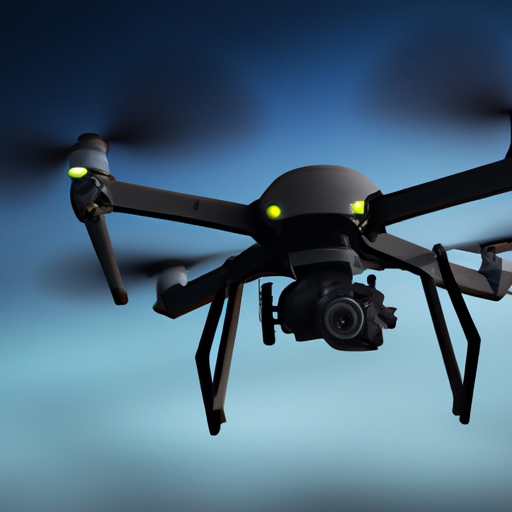In today’s fast-paced world, technology is intertwined with every aspect of our lives, including sports. Smart wearables have emerged as a game-changer, providing athletes with unprecedented insights into their performance and training. From fitness tracking to advanced athlete monitoring, these wearable devices are shaping the future of sports.
What Are Smart Wearables?
Smart wearables are electronic devices designed to be worn on the body, often integrating sensors and software to collect data on various metrics. These can range from heart rate and calories burned to tracking movements and hydration levels. The data collected helps athletes and trainers make informed decisions to improve performance and reduce injury risk.
Benefits of Smart Wearables in Sports
- Real-Time Feedback: Coaches and athletes can access immediate data, allowing for quick adjustments during training sessions and competitions.
- Performance Tracking: Continuous monitoring of vital signs and performance metrics helps in assessing an athlete’s condition and readiness.
- Injury Prevention: By analyzing movement patterns and physiological responses, coaches can identify potential injury risks before they become serious.
- Enhanced Training Regimens: Personalized training programs can be developed based on the insights gathered from wearables, optimizing workouts for each athlete.
Popular Smart Wearables in Sports
Several devices have gained popularity among athletes and fitness enthusiasts:
- Fitness Trackers: Devices like the Fitbit and Garmin measure heart rate, step count, and sleep patterns, promoting overall health.
- Smart Watches: Watches like the Apple Watch and Samsung Galaxy Watch offer extensive fitness tracking capabilities while integrating smart features.
- Heart Rate Monitors: Chest straps and wrist-worn devices provide accurate heart rate data crucial for intense training.
- Smart Clothing: Shirts and shorts embedded with sensors can track muscle activity and body temperature.
Future of Smart Wearables in Sports
The integration of artificial intelligence and machine learning in smart wearables is leading to even more sophisticated outcomes. In the future, we can expect:
- Advanced Analytics: Predictive analytics to suggest the best training techniques based on data trends.
- VR and AR Integration: Enhanced training experiences through virtual training partners and immersive simulations.
- Health Monitoring: Continuous health status tracking that alerts athletes and coaches to potential health issues.
Conclusion
As smart wearables continue to evolve, the impact on sports performance is undeniable. These devices not only enhance training efforts but also contribute to the overall well-being of athletes. With continuous advancements in technology, the possibilities are endless. Embracing smart wearables may just be the key to unlocking unparalleled athletic potential.
Start embracing smart wearables in your training today — your performance may thank you tomorrow!




